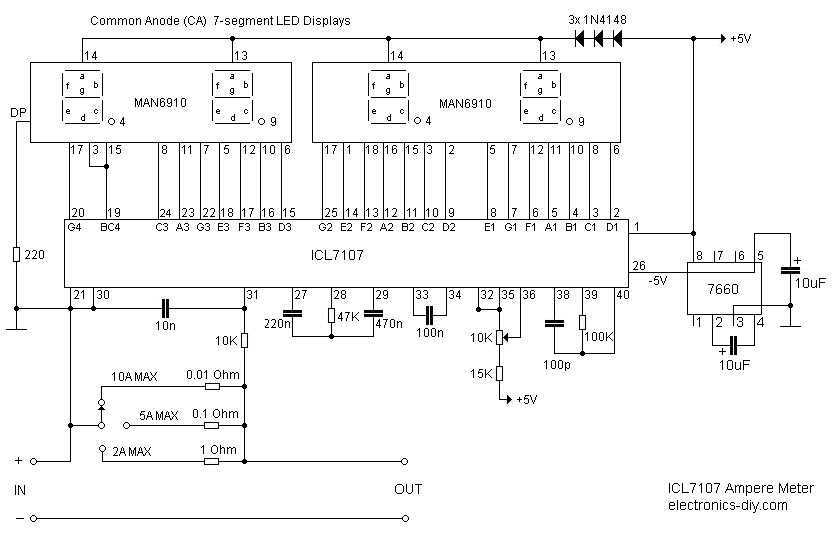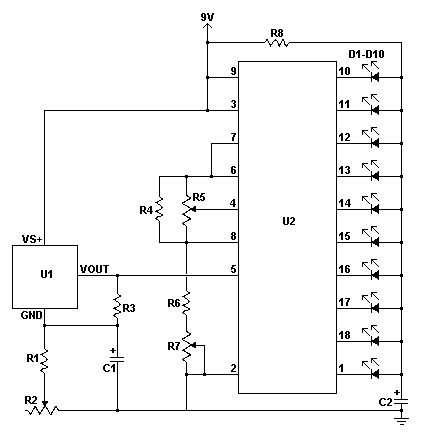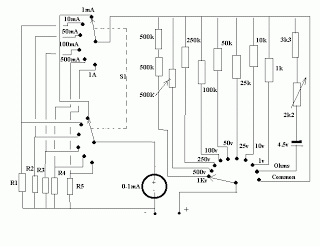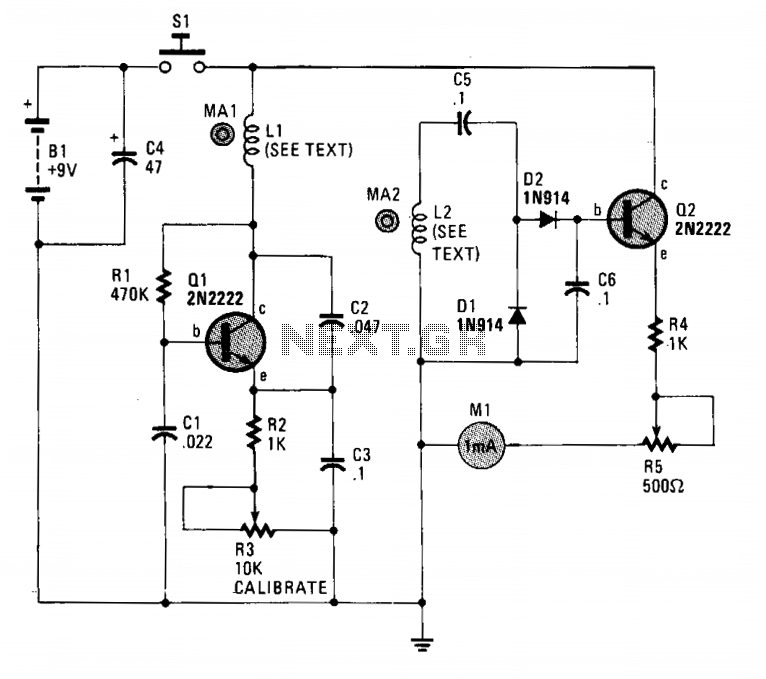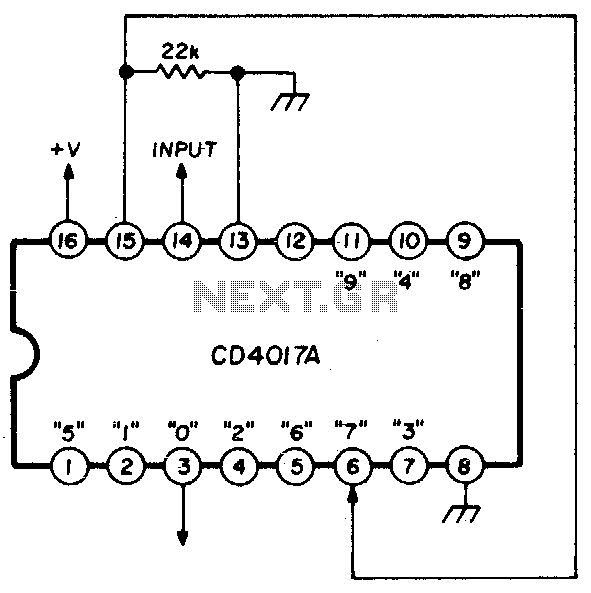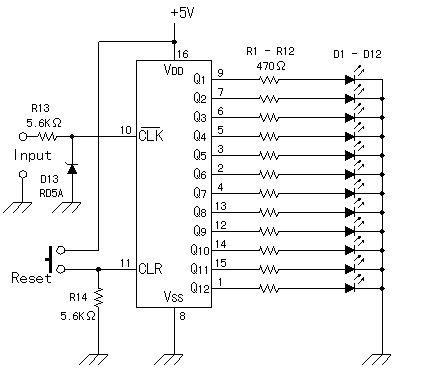
Frequency Meter / Frequency Counter 10Hz-60MHz
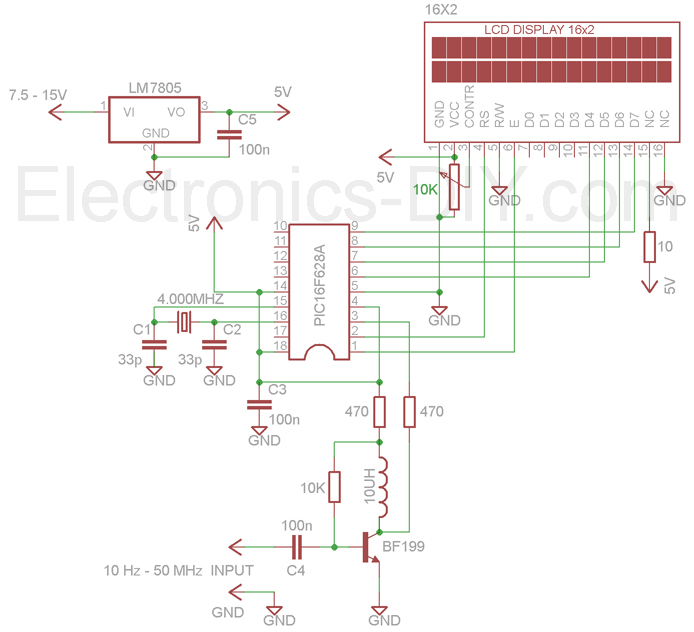
The 60MHz Frequency Meter/Counter measures frequencies from 10Hz to 60MHz with a resolution of 10Hz. This device serves as highly effective bench test equipment for testing and measuring the frequency of oscillators, transmitters, radio receivers, function generators, crystals, and more. The counter provides exceptionally stable readings and features excellent input sensitivity due to its onboard amplifier and TTL converter. It is capable of measuring weak signals from crystal oscillators. By adding a simple prescaler, it can extend frequency measurements up to 1GHz or beyond. The counter's measuring range has been enhanced from 50MHz to 60MHz. An LCD display is connected to the PCB via a 16-pin male and female header, allowing for easy detachment from the main board. The 16-pin male header must be soldered to the LCD display, while the 16-pin female header must be soldered to the PCB. When powered on, the LCD display will show the message "60 MHz Counter." After one second, the meter will be ready to measure the input frequency, displaying "0.000000 MHz." If no text appears, the LCD contrast can be adjusted by turning the 10K trimpot counter-clockwise.
The 60MHz Frequency Meter/Counter is designed with precision and versatility in mind, making it an essential tool for engineers and technicians engaged in frequency analysis. The frequency measurement capability ranges from a low of 10Hz, suitable for low-frequency applications, to a maximum of 60MHz, accommodating a wide spectrum of electronic devices. The onboard amplifier enhances the sensitivity of the input stage, allowing the counter to detect even weak signals, which is particularly beneficial when working with crystal oscillators that may output minimal signal levels.
The integration of a TTL converter ensures compatibility with various digital circuits, facilitating seamless integration into existing electronic setups. The prescaler option is a significant feature that allows the user to extend the measurement range to 1GHz or more, making this device adaptable for high-frequency applications, such as RF circuit testing.
The user interface is simplified by the use of an LCD display, which provides clear and immediate feedback on the measured frequency. The detachable design of the LCD, connected through a 16-pin header, allows for convenient maintenance and replacement if necessary. Proper soldering of the headers is crucial for reliable operation, and the clear labeling of connections minimizes the risk of incorrect assembly.
The initialization sequence of the device, indicated by the "60 MHz Counter" message, confirms that the unit is powered and functioning correctly. The subsequent readiness to measure frequency is signaled by the display of "0.000000 MHz," ensuring that users can quickly ascertain the operational status. The inclusion of a trimpot for LCD contrast adjustment enhances usability, enabling users to optimize the display visibility under varying lighting conditions.
Overall, this frequency meter/counter stands out for its combination of stability, sensitivity, and user-friendly features, making it an invaluable asset in any electronic testing environment.60MHz Frequency Meter / Counter measures frequency from 10Hz to 60MHz with 10Hz resolution. It is extremely useful bench test equipment for testing and measuring frequency of oscillators, transmitters, radio receivers, function generators, crystals, etc. Counter provides exceptionally stable readings and has excellent input sensitivity thanks to o nboard amplifier and TTL converter. It can be even used for measuring weak signals from crystal oscillators. With the addition of simple prescaller it is possible to measure frequency up to 1GHz or more. Counter`s measuring range has now been extended form 50MHz up to 60MHz. LCD display is connected to PCB by 16-PIN male & female header and is easily detachable from the main board. 16-PIN Male Header must be soldered to LCD display. 16-PIN Female Header must be soldered to PCB. When counter is powered 60 MHz Counter message should be displayed on LCD display. A second after meter should be ready to measure the input frequency with 0. 000000 MHz being displayed on the display. If no text is visible adjust the LCD contract by trimming 10K trimpot counter-clockwise. 🔗 External reference
The 60MHz Frequency Meter/Counter is designed with precision and versatility in mind, making it an essential tool for engineers and technicians engaged in frequency analysis. The frequency measurement capability ranges from a low of 10Hz, suitable for low-frequency applications, to a maximum of 60MHz, accommodating a wide spectrum of electronic devices. The onboard amplifier enhances the sensitivity of the input stage, allowing the counter to detect even weak signals, which is particularly beneficial when working with crystal oscillators that may output minimal signal levels.
The integration of a TTL converter ensures compatibility with various digital circuits, facilitating seamless integration into existing electronic setups. The prescaler option is a significant feature that allows the user to extend the measurement range to 1GHz or more, making this device adaptable for high-frequency applications, such as RF circuit testing.
The user interface is simplified by the use of an LCD display, which provides clear and immediate feedback on the measured frequency. The detachable design of the LCD, connected through a 16-pin header, allows for convenient maintenance and replacement if necessary. Proper soldering of the headers is crucial for reliable operation, and the clear labeling of connections minimizes the risk of incorrect assembly.
The initialization sequence of the device, indicated by the "60 MHz Counter" message, confirms that the unit is powered and functioning correctly. The subsequent readiness to measure frequency is signaled by the display of "0.000000 MHz," ensuring that users can quickly ascertain the operational status. The inclusion of a trimpot for LCD contrast adjustment enhances usability, enabling users to optimize the display visibility under varying lighting conditions.
Overall, this frequency meter/counter stands out for its combination of stability, sensitivity, and user-friendly features, making it an invaluable asset in any electronic testing environment.60MHz Frequency Meter / Counter measures frequency from 10Hz to 60MHz with 10Hz resolution. It is extremely useful bench test equipment for testing and measuring frequency of oscillators, transmitters, radio receivers, function generators, crystals, etc. Counter provides exceptionally stable readings and has excellent input sensitivity thanks to o nboard amplifier and TTL converter. It can be even used for measuring weak signals from crystal oscillators. With the addition of simple prescaller it is possible to measure frequency up to 1GHz or more. Counter`s measuring range has now been extended form 50MHz up to 60MHz. LCD display is connected to PCB by 16-PIN male & female header and is easily detachable from the main board. 16-PIN Male Header must be soldered to LCD display. 16-PIN Female Header must be soldered to PCB. When counter is powered 60 MHz Counter message should be displayed on LCD display. A second after meter should be ready to measure the input frequency with 0. 000000 MHz being displayed on the display. If no text is visible adjust the LCD contract by trimming 10K trimpot counter-clockwise. 🔗 External reference
